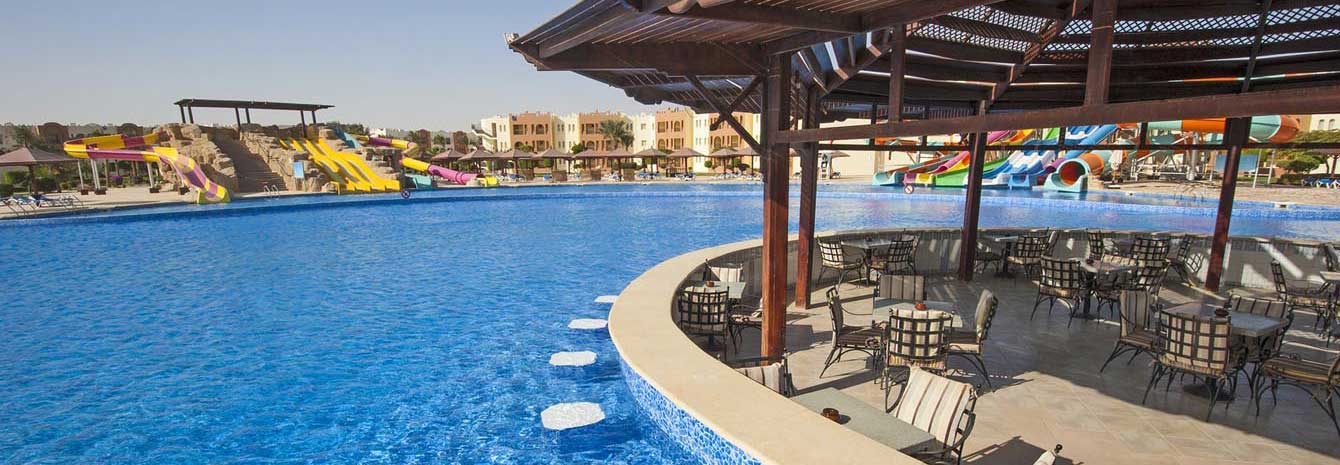
Smarter Onsite Chlorine Generator Manages Water and TDS
December 13th, 2018
Initial cost is just one factor when specifying and approving a new onsite chlorine generation system. In addition to normal maintenance and supply costs and procedures, water use and TDS levels can have a profound effect on overall pool operations.
While geography typically determines which factor is more important, it’s key to select an onsite chlorine generation system that automatically combines pool water with measured amounts of salt results in:
- A significantly lower need to add fresh water to the pool and a correspondingly lower discharge into sewer systems.
- A diluted solution that allows for the injection of muriatic acid into the production tank to lower pH to 7.5 without any chance of gassing off.
- A 50 percent reduction in muriatic acid use than with stored hypochlorite.
By contrast, on-site chlorine-generation technologies require you to add fresh water and salt to generate the required level of chlorine use a lot more water. That can be critical issue in areas with drought conditions or high water costs. Those systems also add a lot more TDS to pool water because they require three pounds of salt for every pound of chlorine they produce. It’s advisable not to use these technologies with regenerative media filters because of the rapid increase of TDS with no backwashing and water dilution.
If a pool is located in an area that’s greatly affected by drought or water costs, a system using pool water as the primary water source provides major advantages. In the extreme, you may have to restrict pool operations or face a shutdown if there is less water or none at all available for recreational uses. If your pool is in an area plagued by hard water or if high levels of TDS are a concern, you need to reduce the amount of salt you add to the chlorine-generation process.
Some systems add a lot more TDS to pool water because they require 3 pounds of salt for every pound of chlorine they produce. They work against pool owners who face high TDS levels or want to maintain lower TDS in their pools. It’s advisable not to use those technologies with regenerative media filters because of the rapid increase of TDS with no backwashing and water dilution.
A system that automatically adds the minimum salt required to produce a sufficient chlorine level in the pool eliminates many TDS issues, and reduced water use can be an operational bonus.
By Steve Pearce. Steve is the co-founder and group executive vice president of ChlorKing, and he has over 16 years of experience with on-site chlorine generation and commercial water treatment. He is actively involved on behalf of ChlorKing with the National Sanitization Foundation, which is responsible for codes and policies directly related to the commercial swimming pool industry. Founded in South Africa in the 1970s, ChlorKing has more than 12,000 onsite chlorine generation and salt chlorination systems installed in commercial swimming pools and water parks worldwide.
